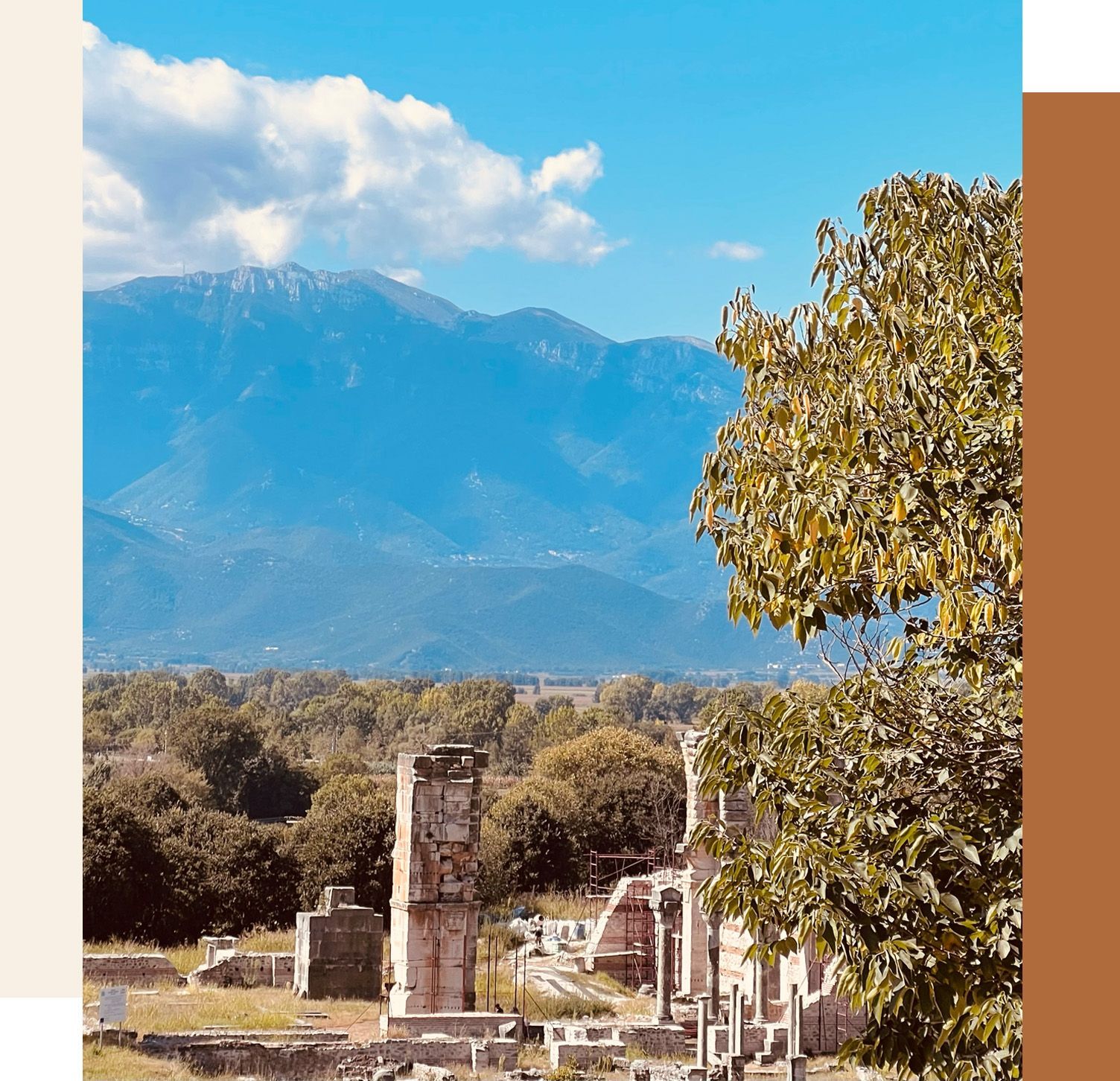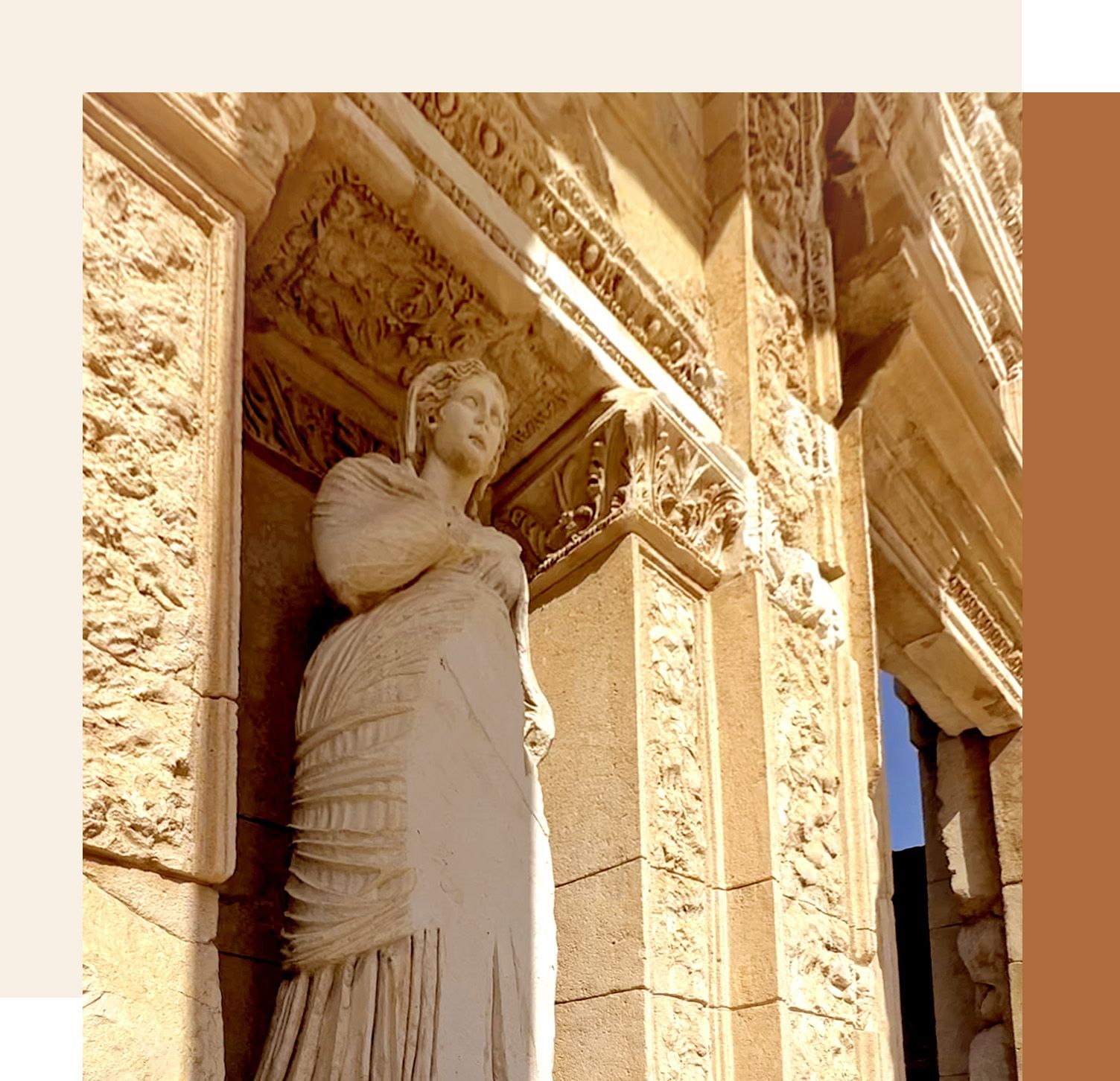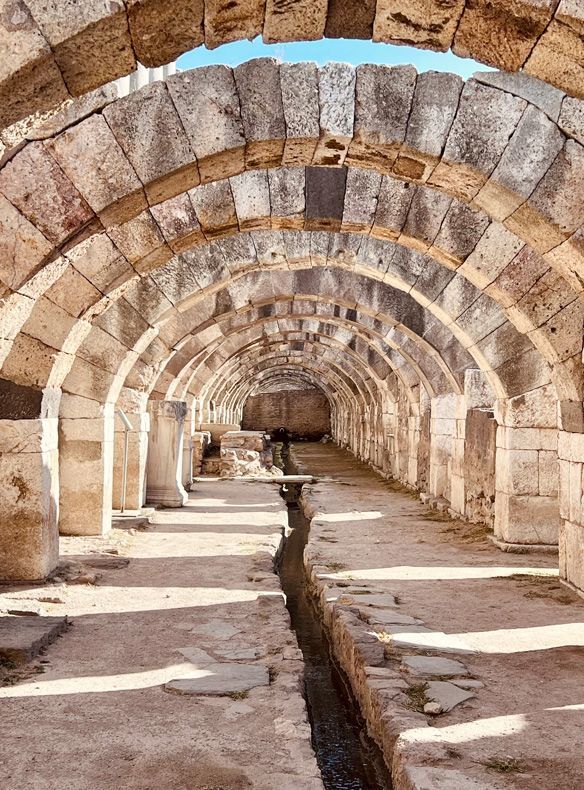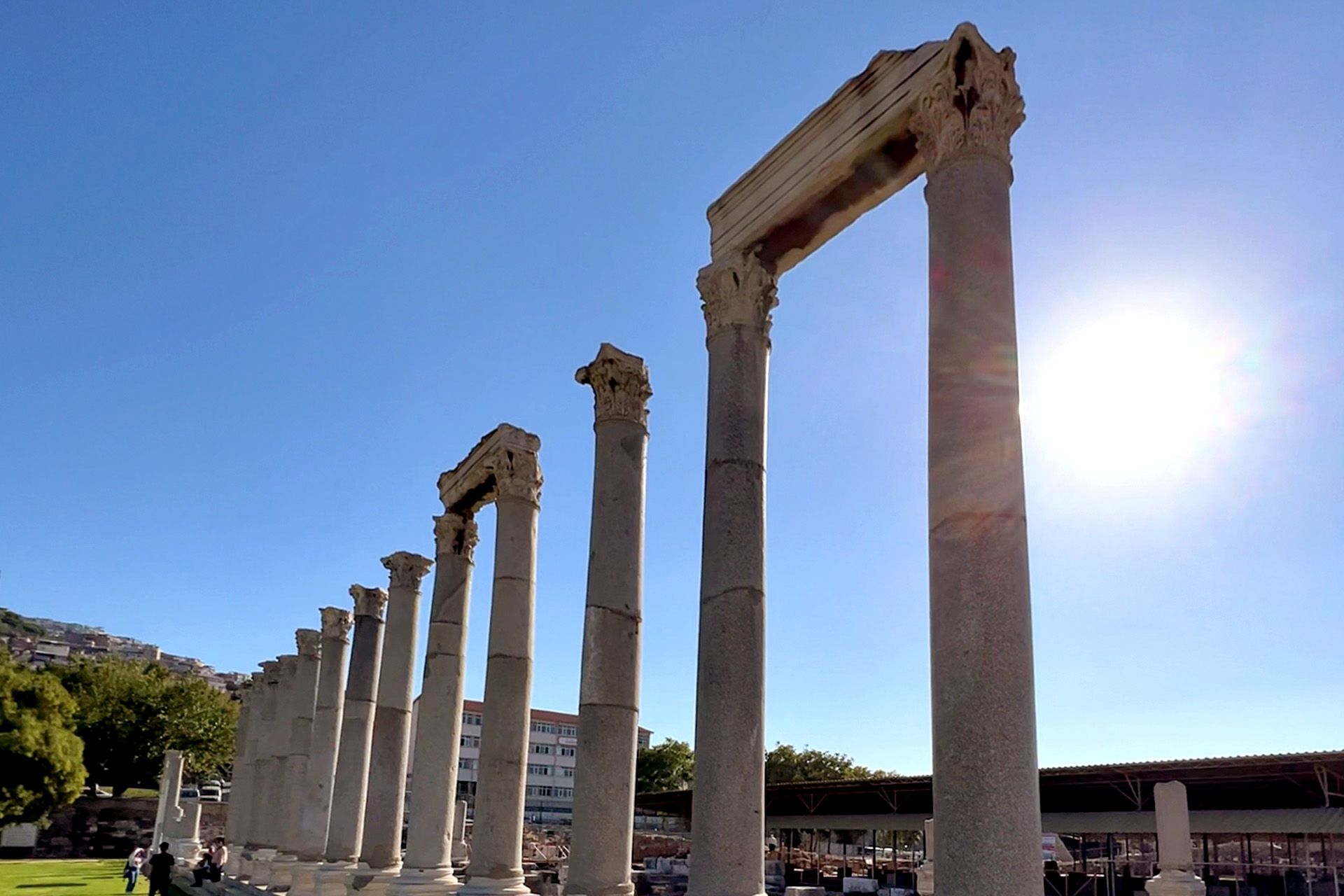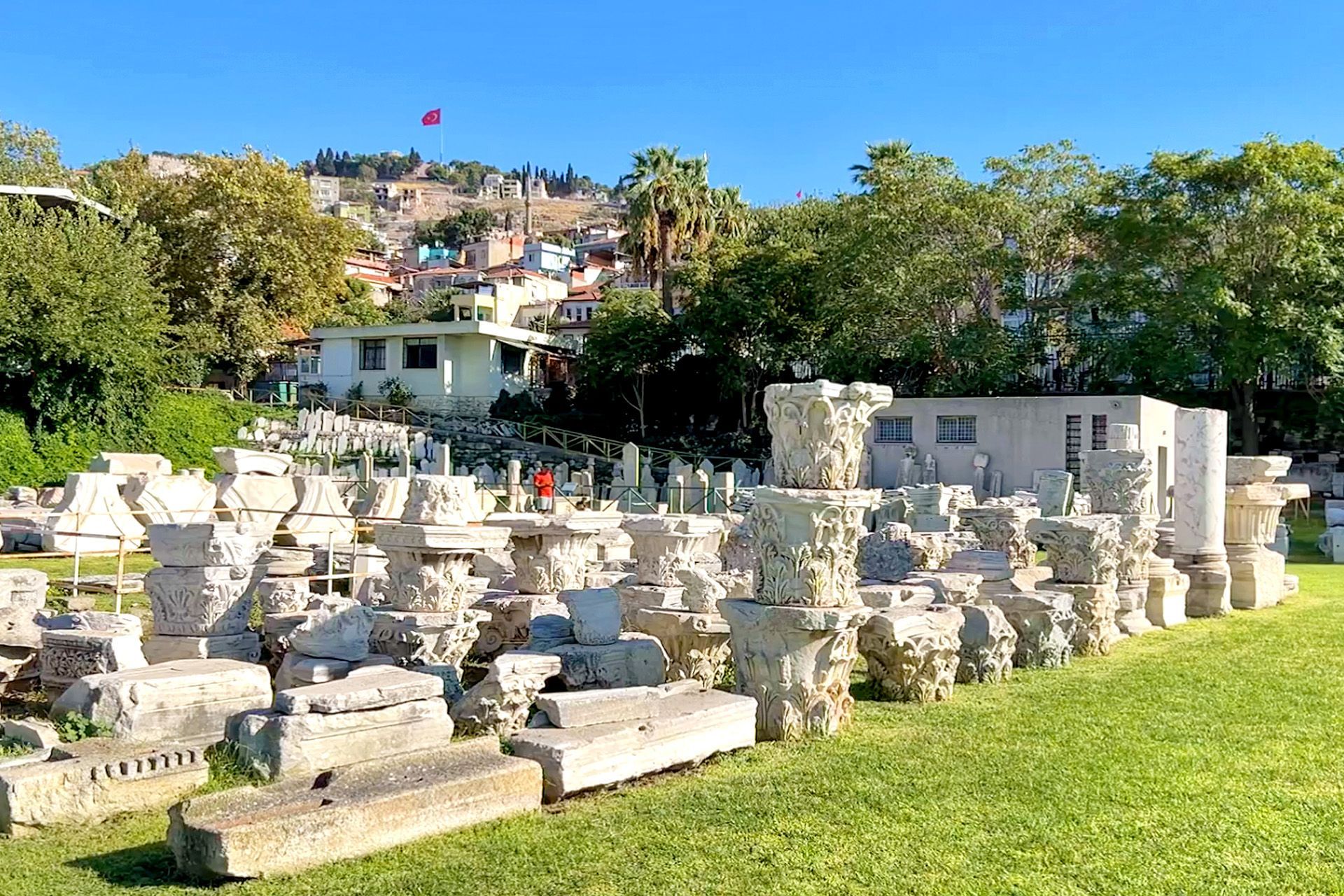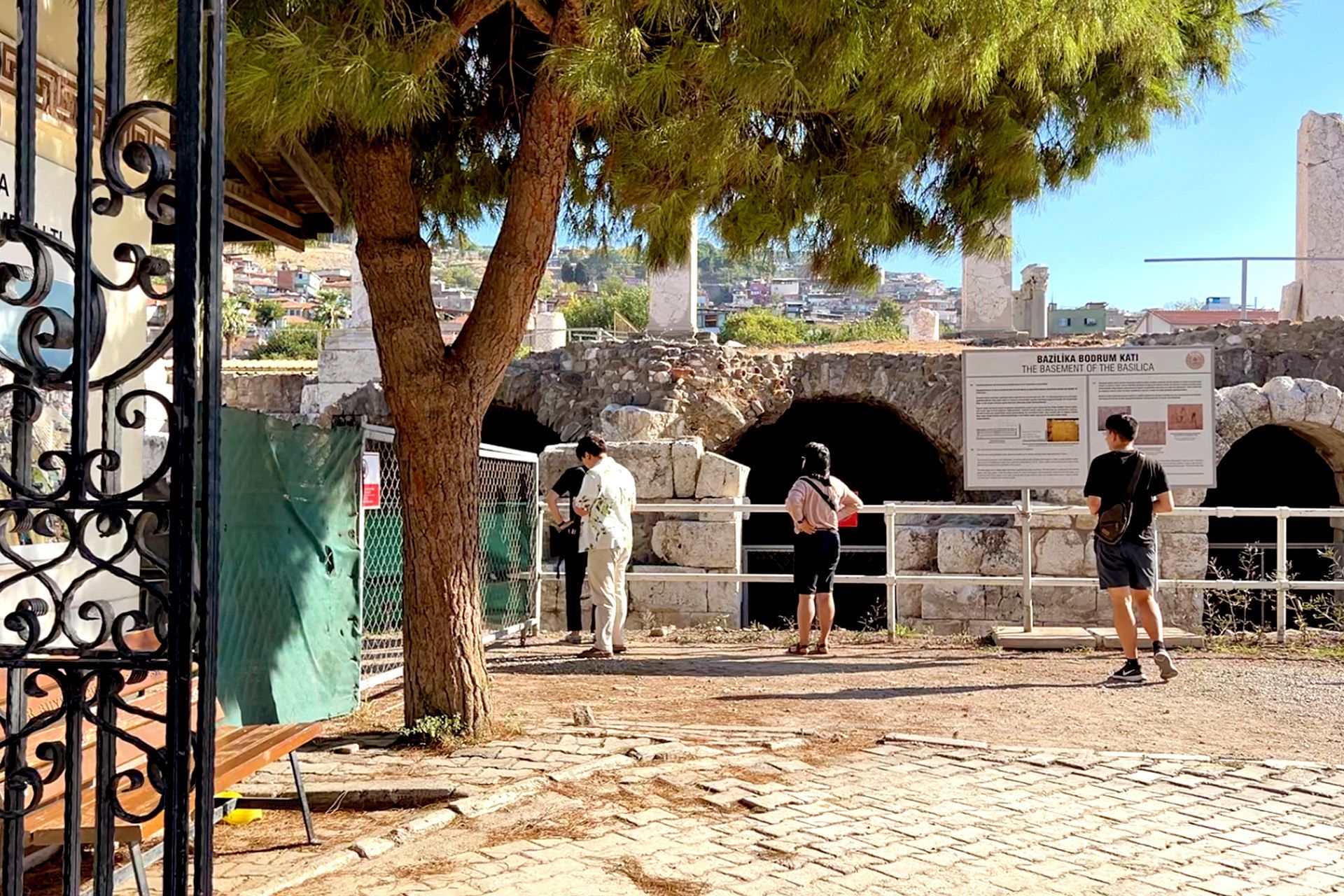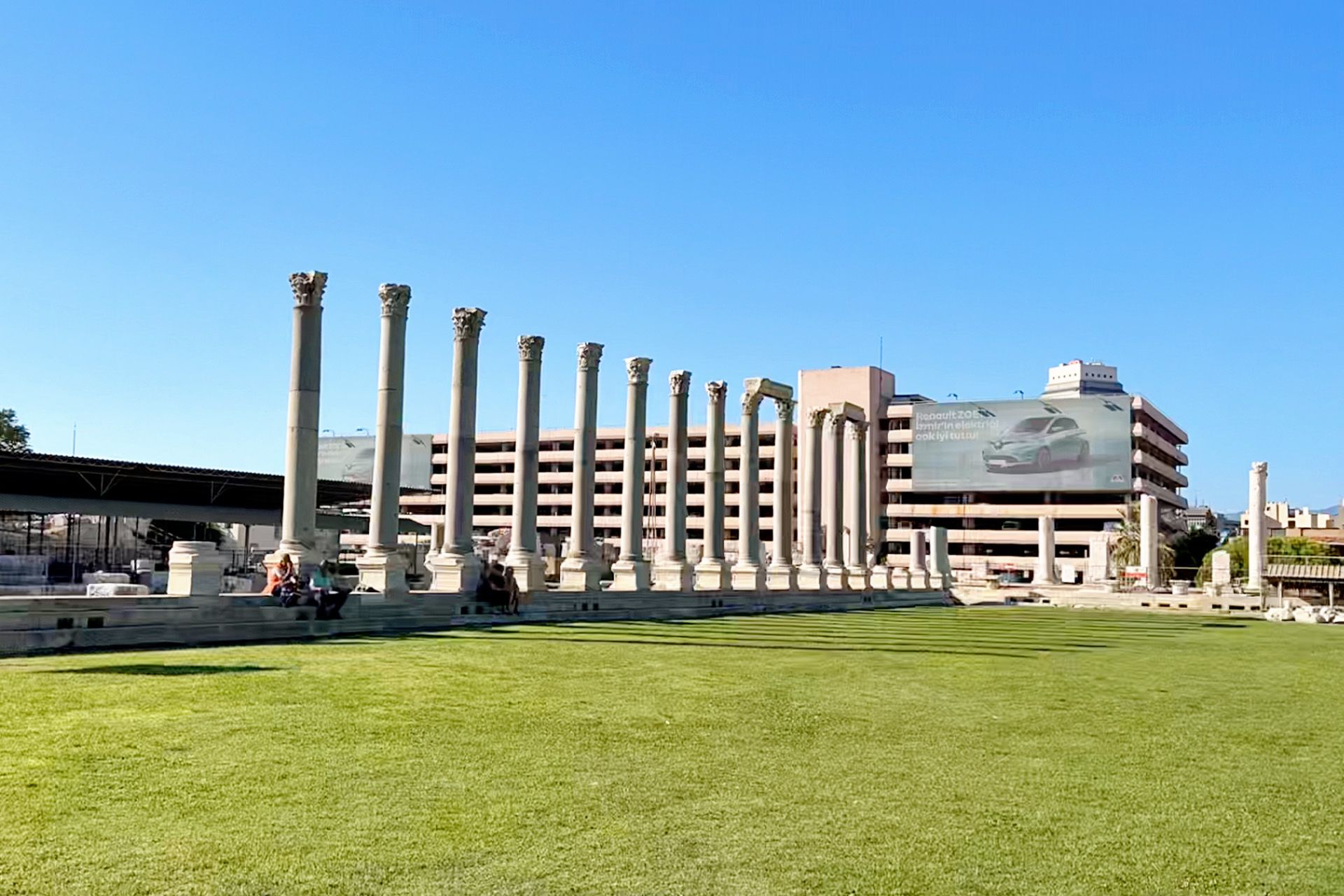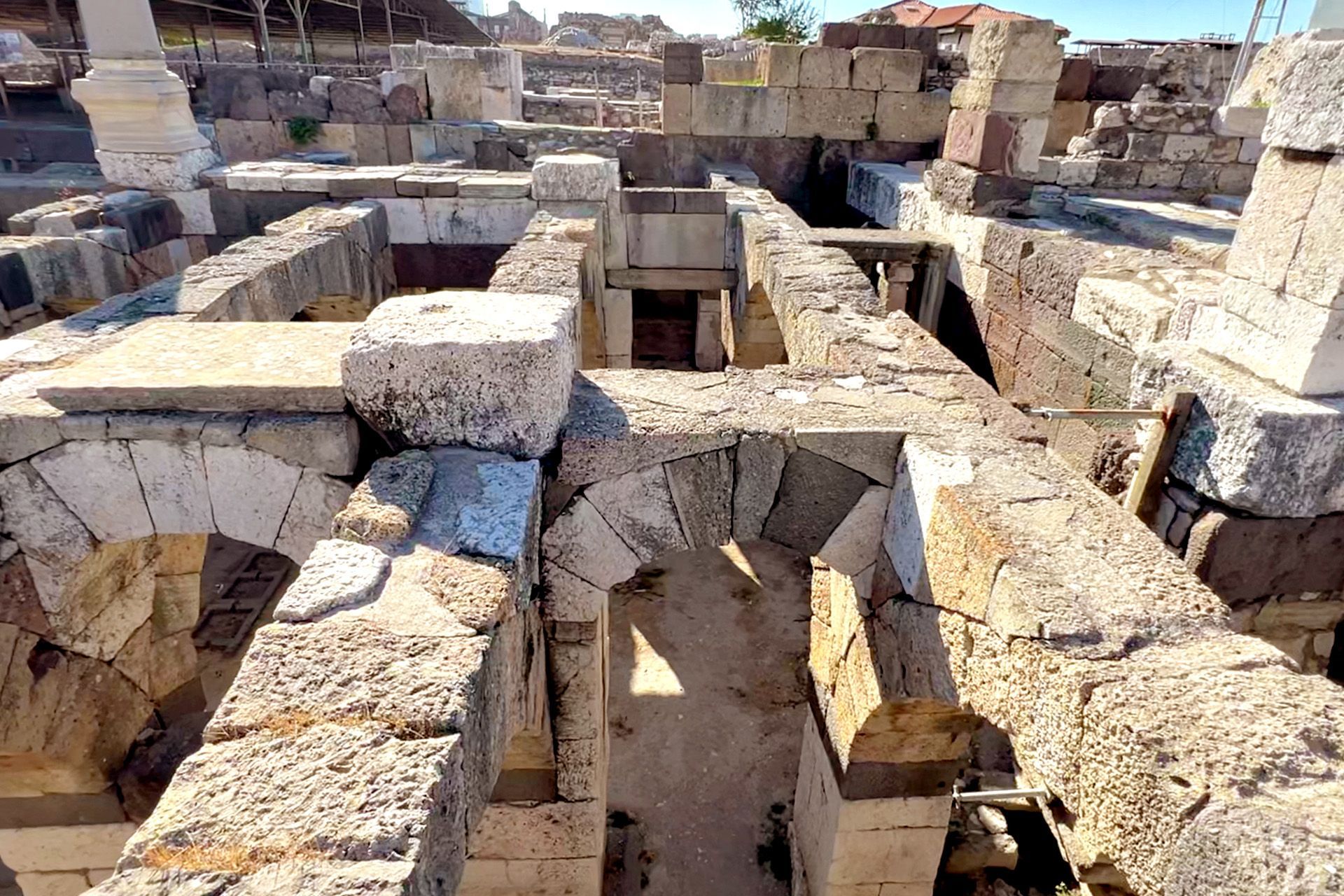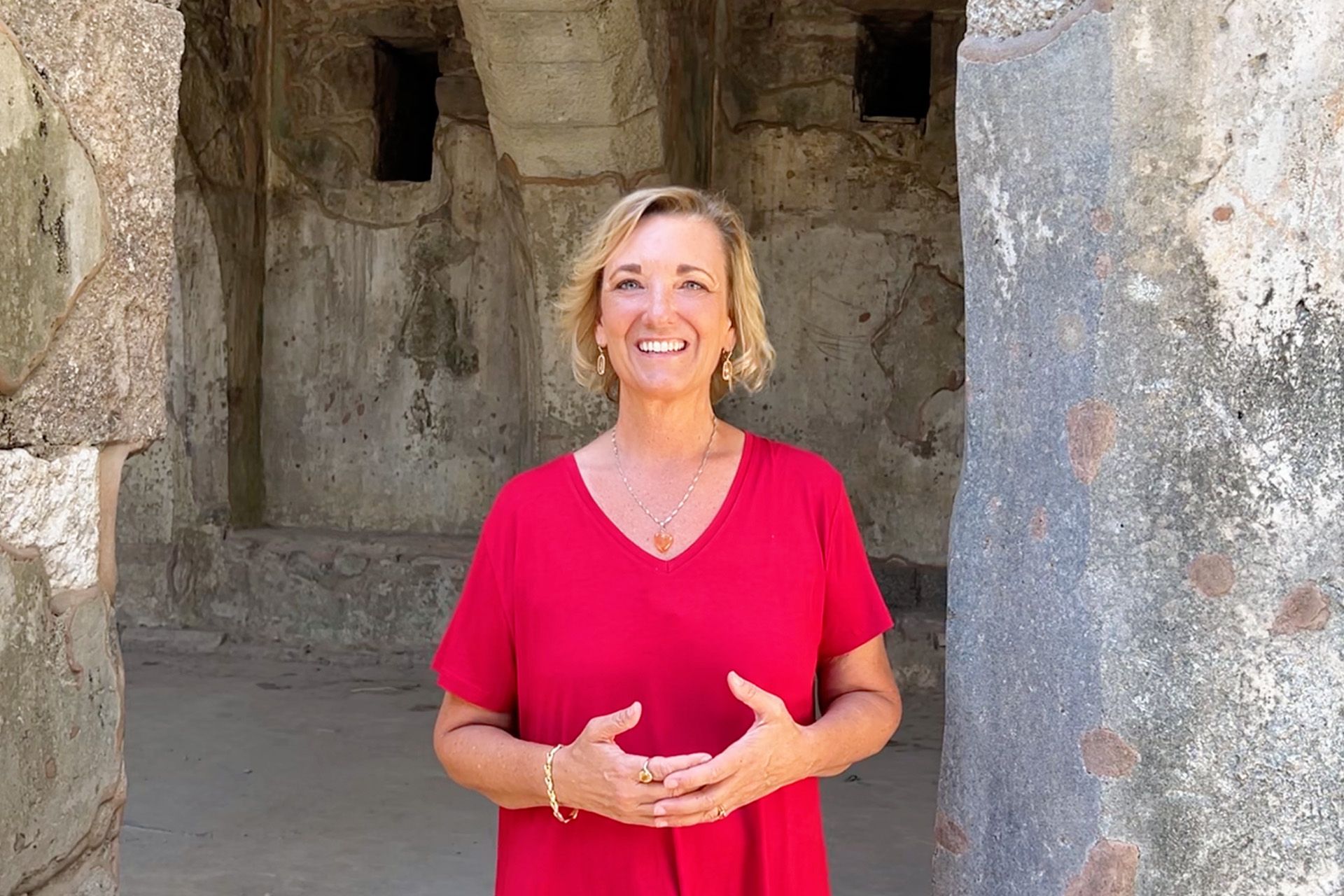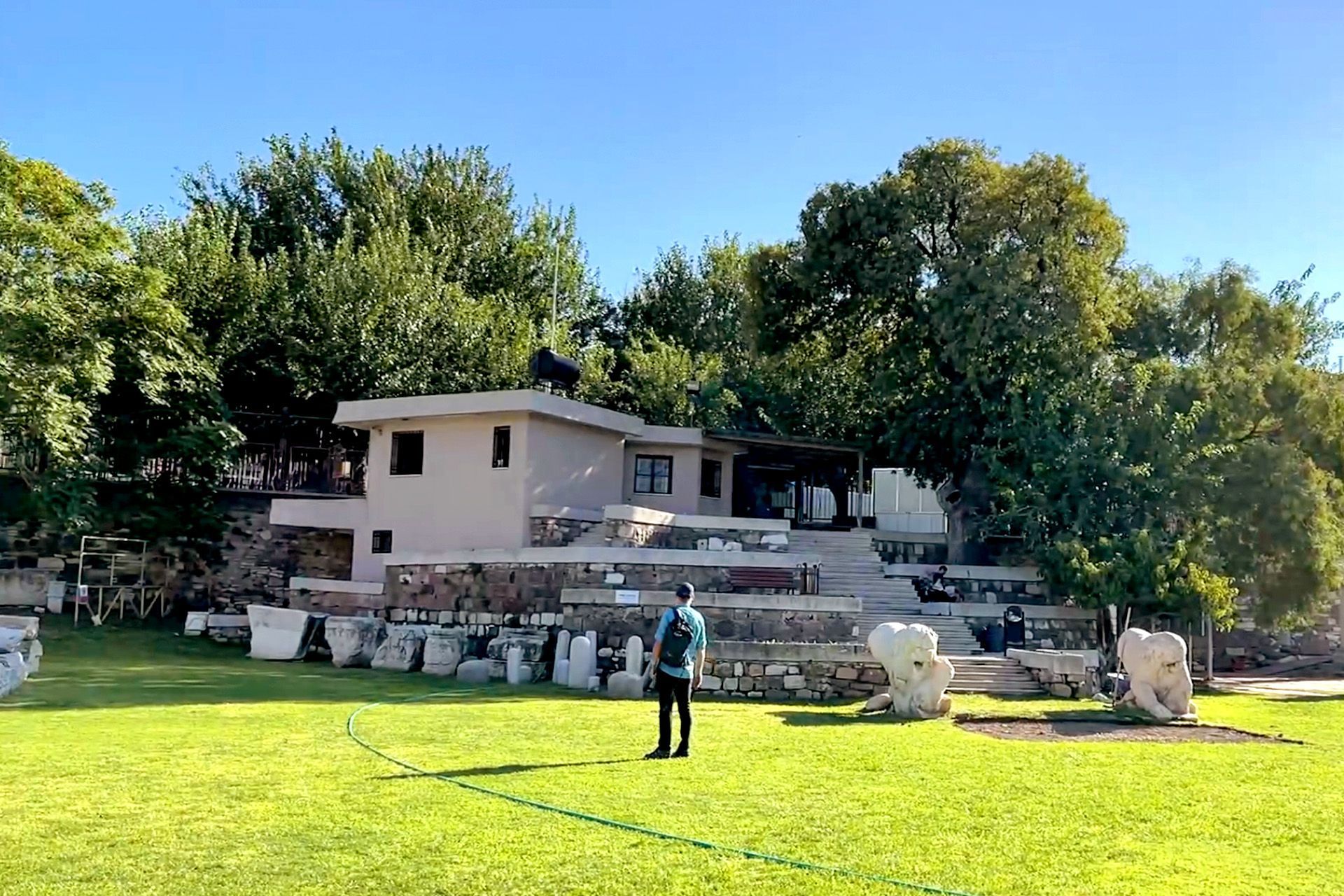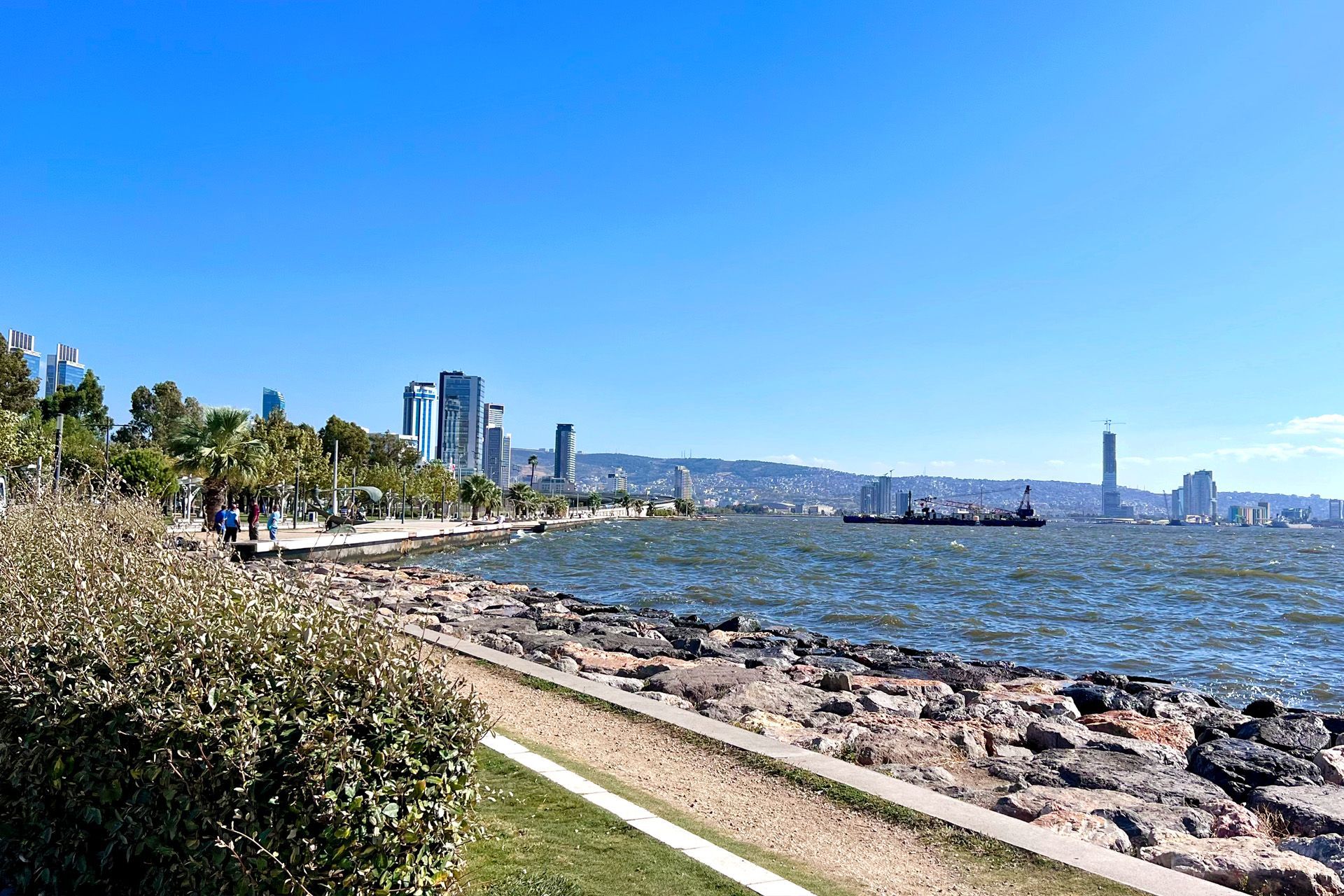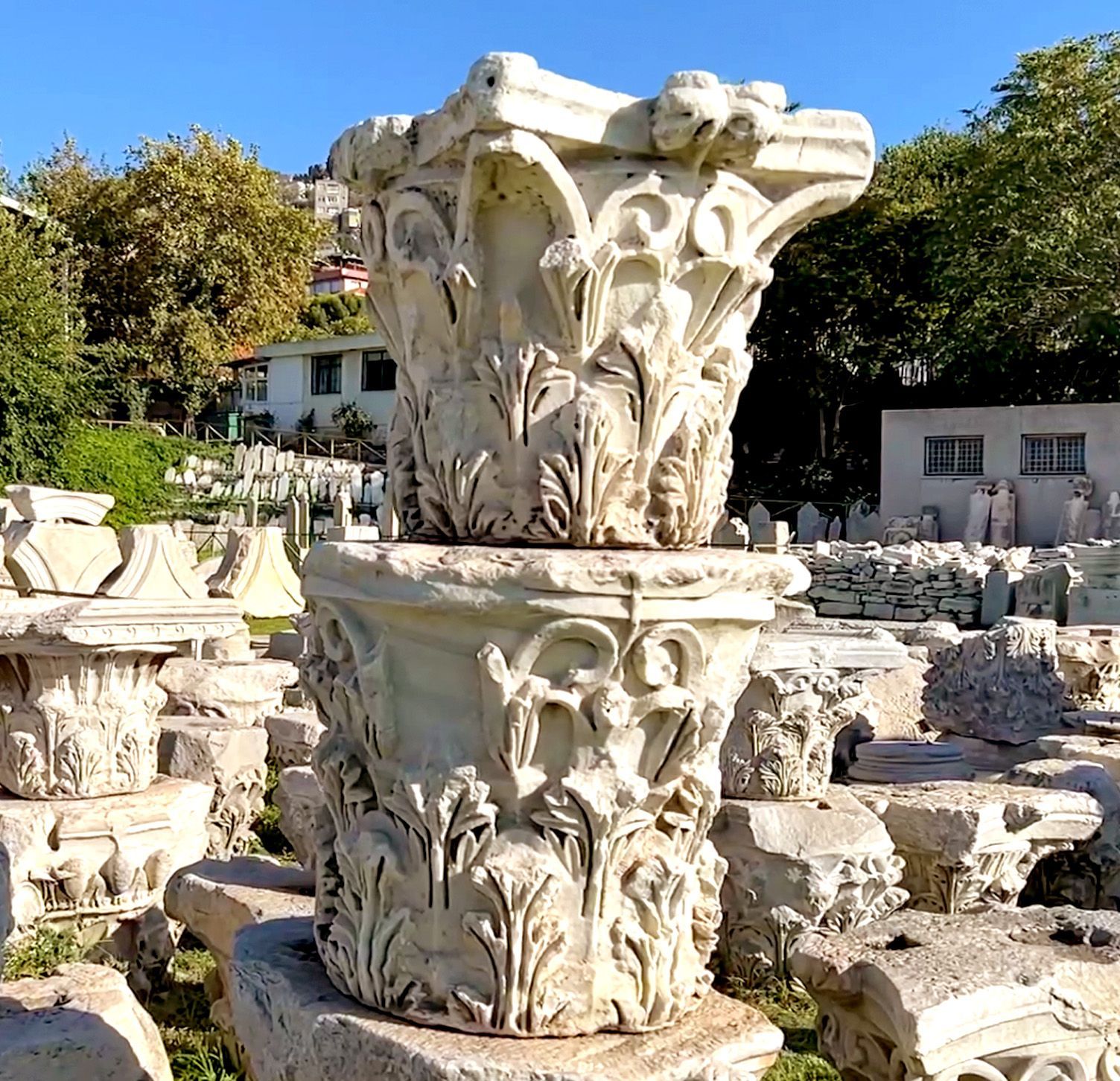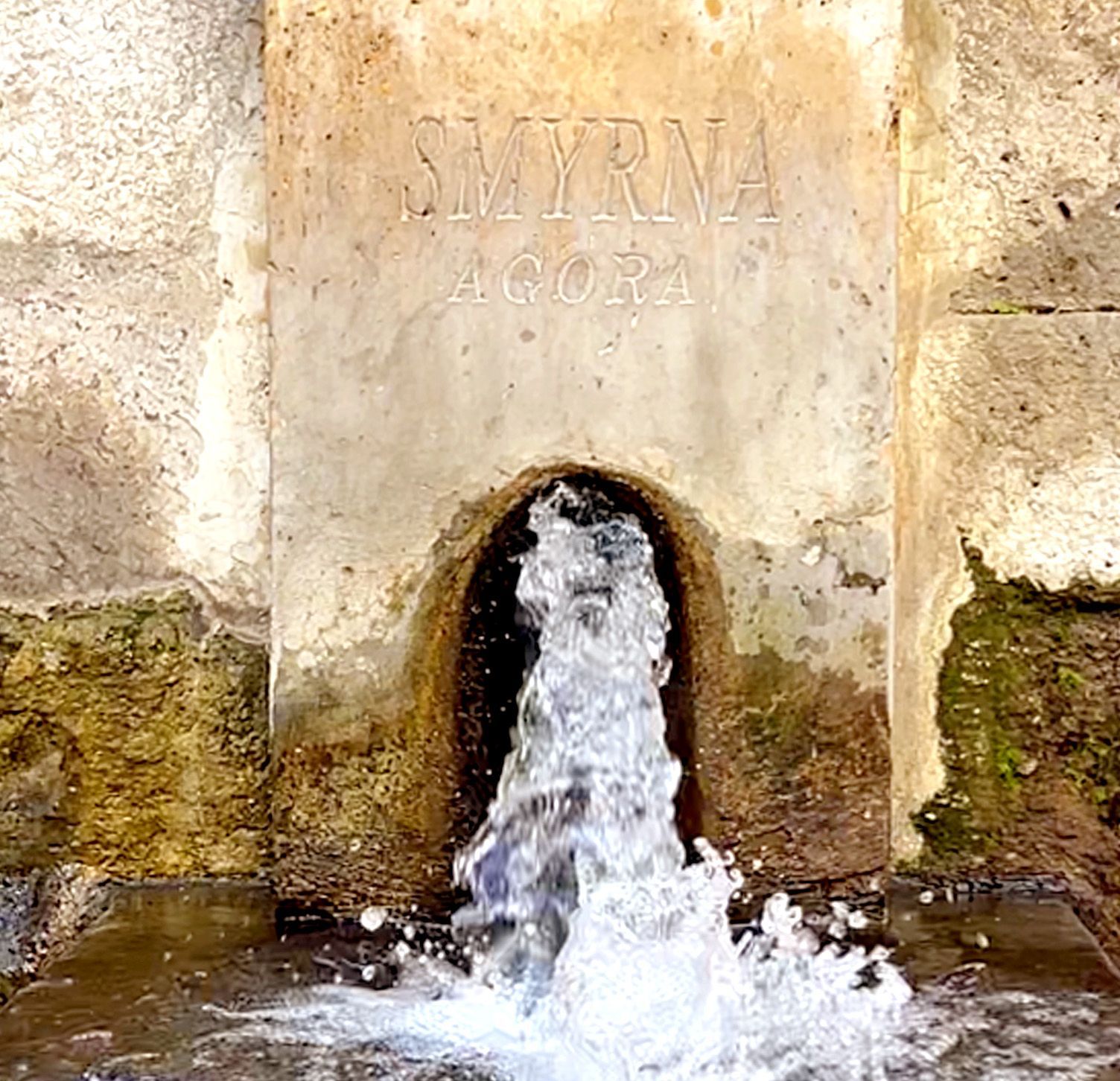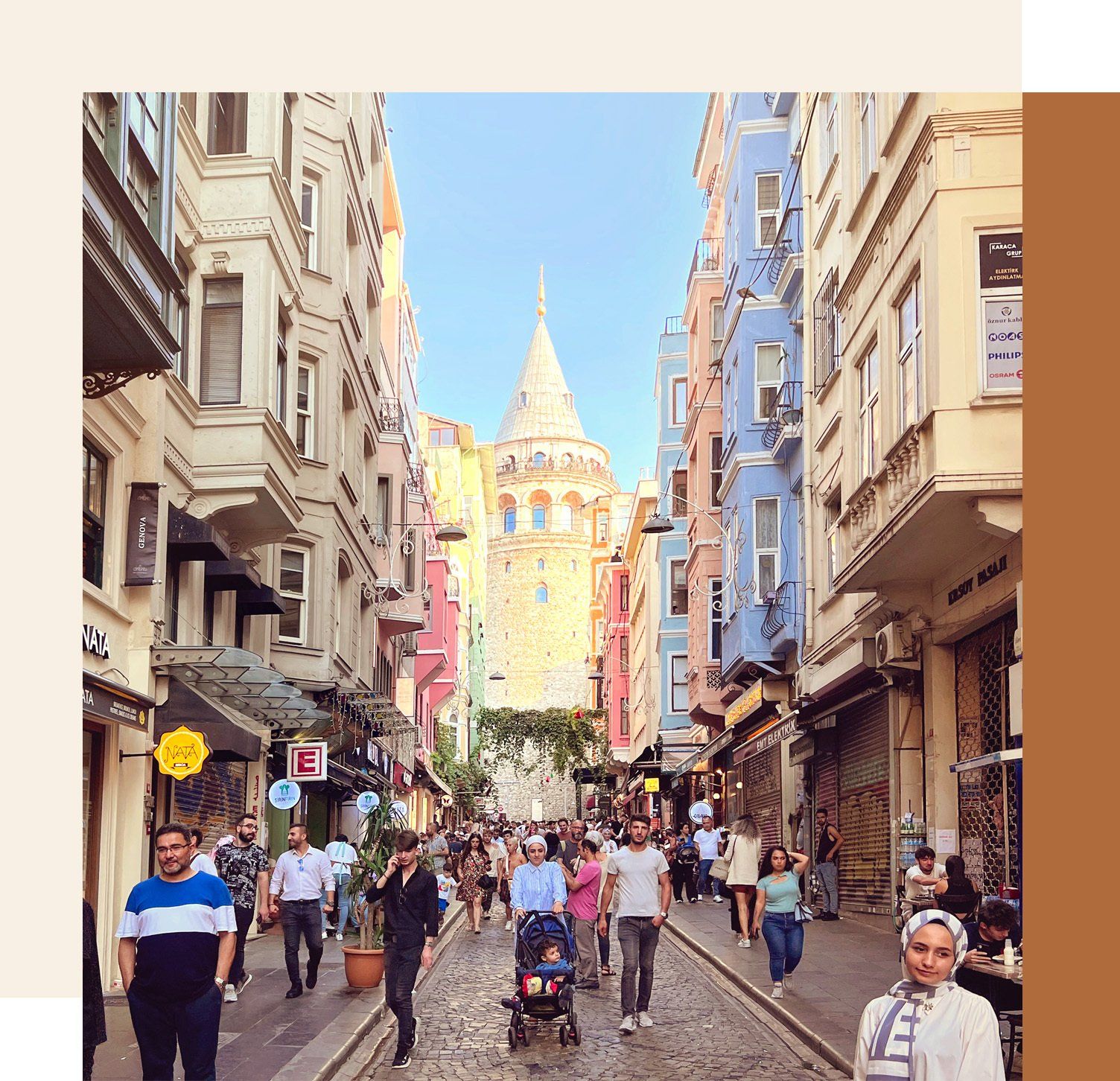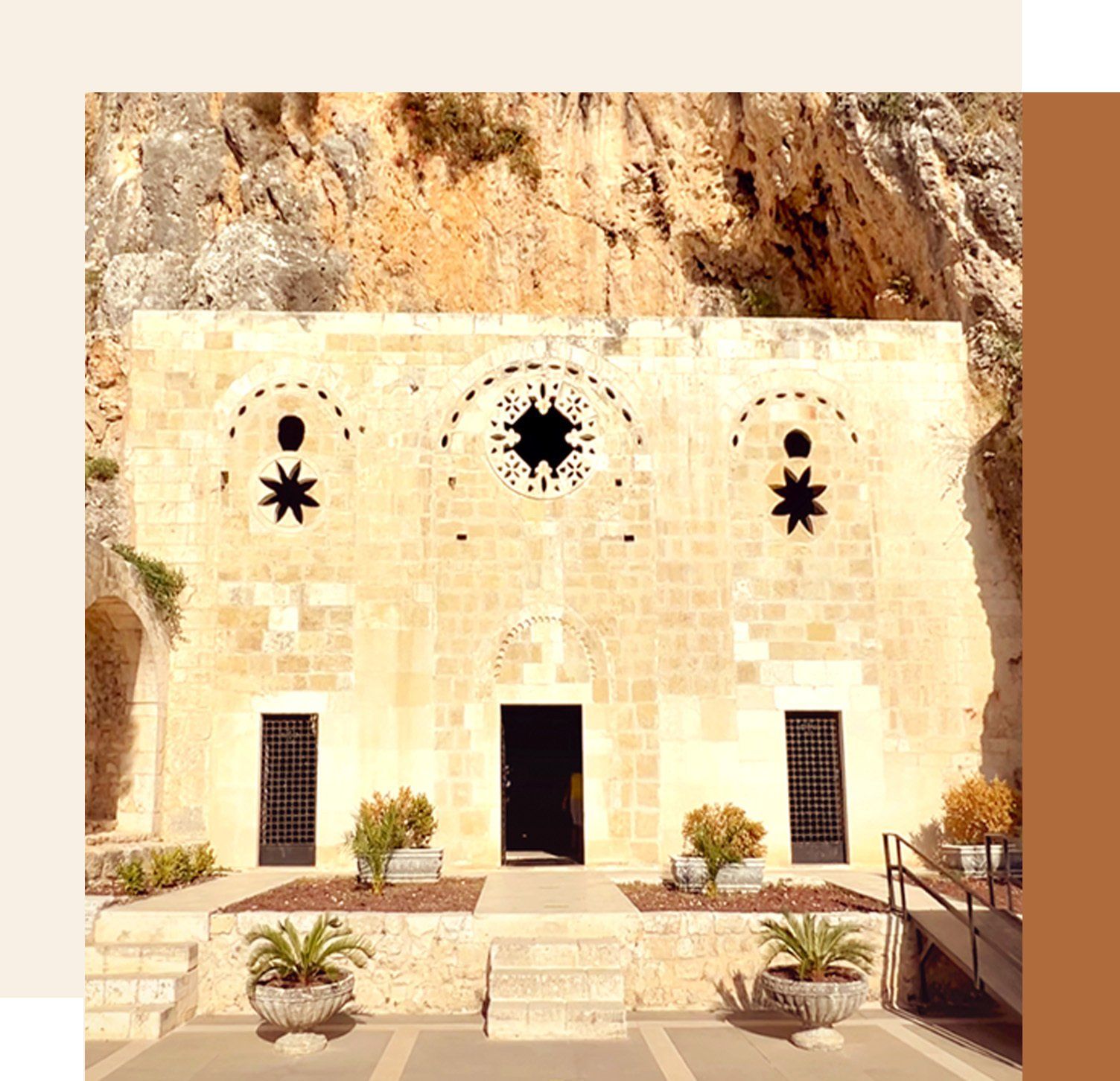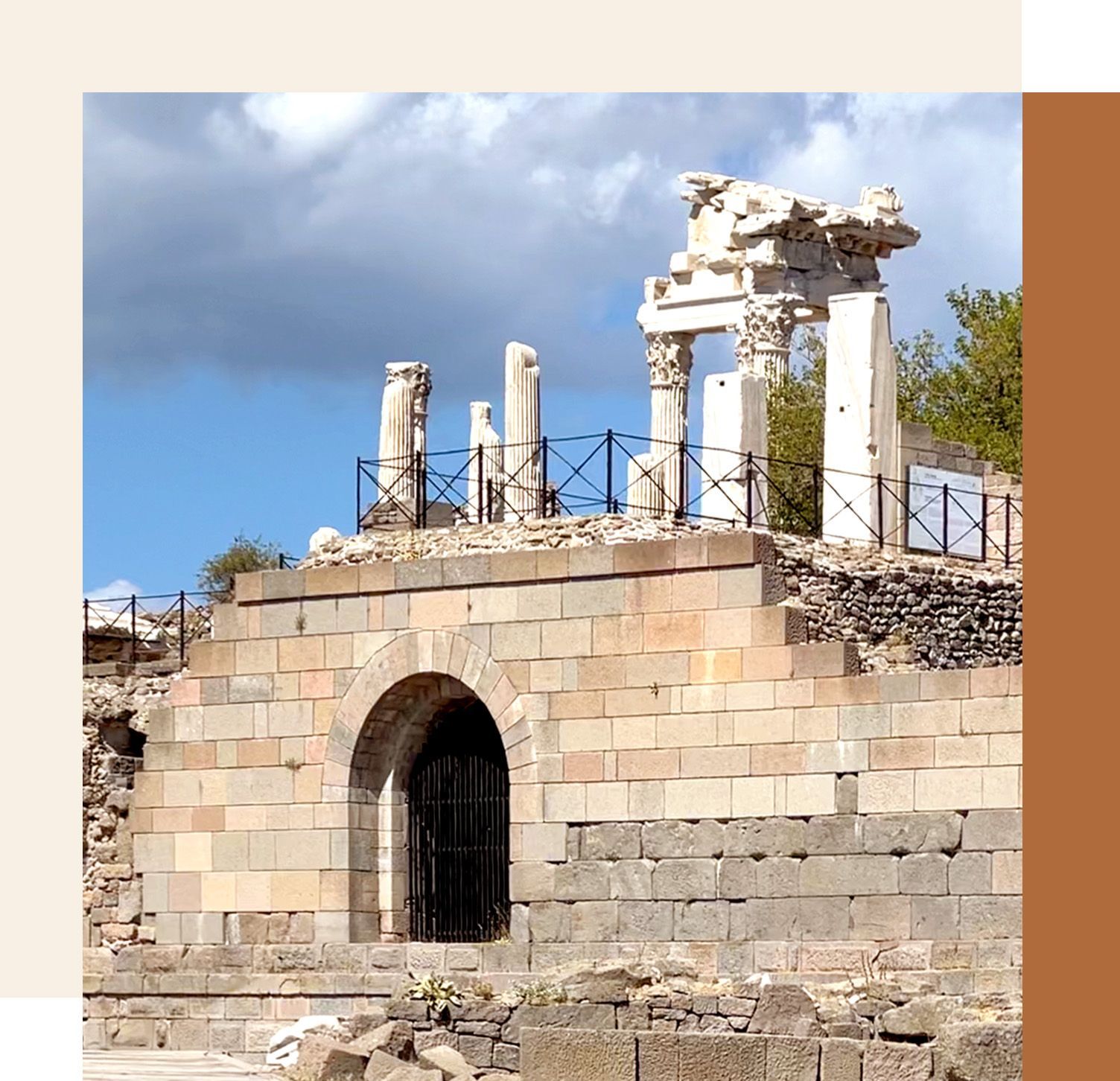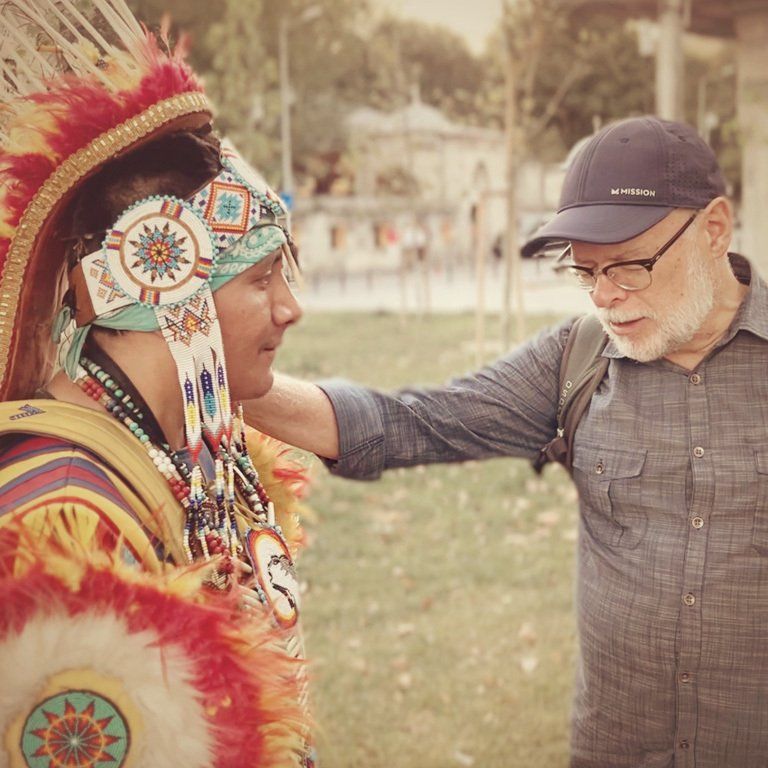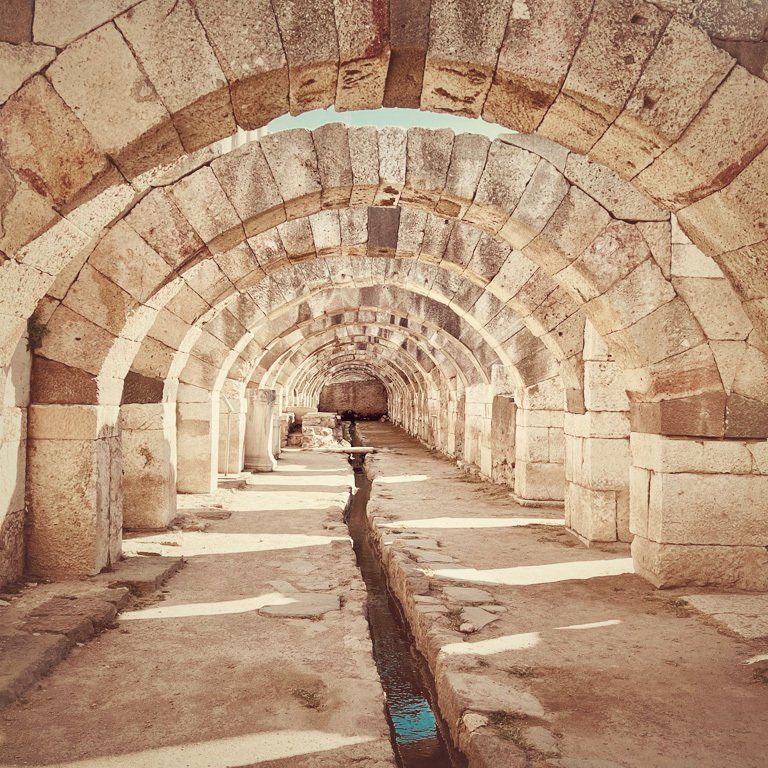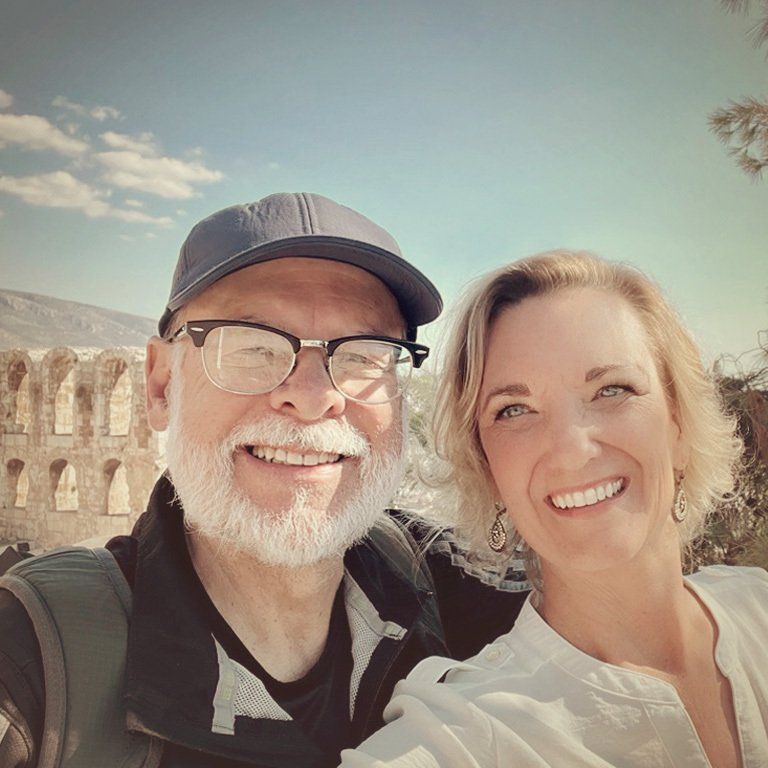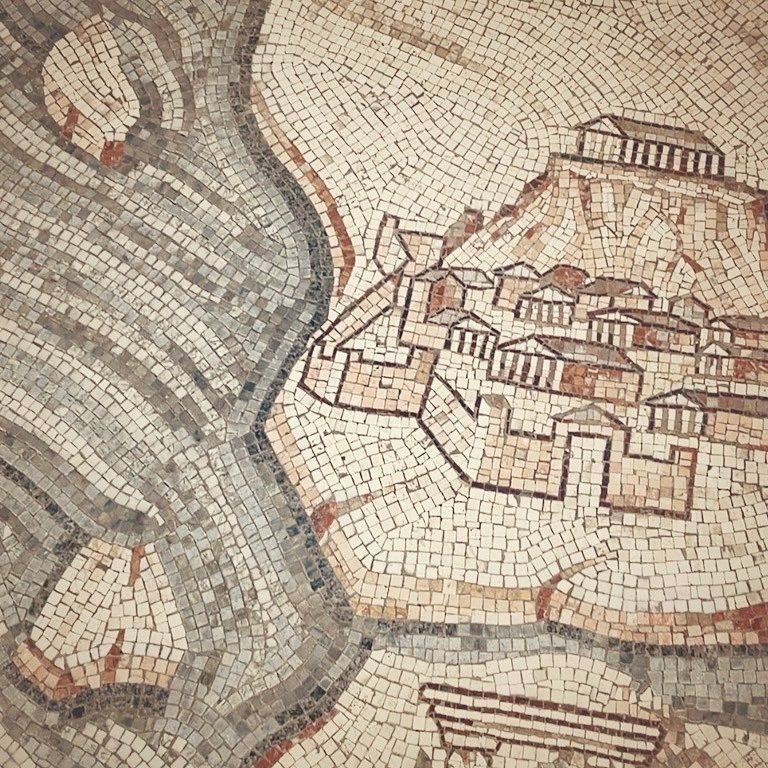Inspiring Faith is a ministry that was founded to, well... inspire faith! We desire to ignite the hearts of those we meet to go deeper in connection with God's heart, no matter where they are on their journey with Him.
Are you inspired to visit the biblical sites and historic cities in Turkey? Come with us on a life-changing adventure!
Like the communities of Philadephia and Thyatira, the ruins of Smyrna are centered in the middle of a busy modern city. Now called Izmir, it's the third most populous city in Turkey. Located on the coast of the Aegean Sea, Smyrna was a major trade route and a wealthy port city in the first century, home to nearly 100,000 residents. It's a vibrant port city still.
The Biblical Significance of Smyrna
To the angel of Messiah’s community in Smyrna write: “Thus says the First and Last, who was dead and came to life. I know your tribulation and your poverty (yet you are rich), as well as the slander of those who say they are Jewish and are not, but are a synagogue of satan. Do not fear what you are about to suffer. Behold, the devil is about to throw some of you into prison, so that you may be tested, and you will have tribulation for ten days.
Be faithful until death, and I will give you the crown of life. He who has an ear, let him hear what the Ruach is saying to Messiah’s communities.
The one who overcomes shall never be harmed by the second death.” Revelation 2:8-11
The community in Smyrna are the ones who saw themselves as “first.” Additionally, Smyrna had experienced its own “death and resurrection” in 600 B.C., when it was destroyed by the king of Sardis. Not until 330 B.C. did Alexander the Great show up, igniting a “re-birth” of the city, rebuilding and bringing it back to life. The ancient writers and the people of Sardis viewed their own history as having been resurrected from the dead. In Isaiah 44:6, the prophet reminds them with these words: “This is what the LORD says—Israel's King and Redeemer, the LORD Almighty: 'I am the first and I am the last; apart from Me there is no God.'”
The message warns about tribulation and suffering. In the first century, Christians in Smyrna were fiercly opposed by pagans and many in the Jewish community. Christian persecution was at its height—and believers in Symrna encountered severe opposition due to the strong influence of emperor worship there. If you refused to worship the emperor, laws allowed punishment by death or imprisonment. Following John's mayrtrdom, a disciple of his named Polycarp was martyred in Smyrna 40 years later at the instigation of some Jewish people. In the face of what they were to suffer, the encouragment was this: “Be faithful until death, and I will give you the crown of life.” Yeshua offers an eternal crown—a direct contrast to “The Crown of Smyrna” that was temporal and a reminder of their past.
The letter ends with this promise: “The one who overcomes will never be harmed by the second death (v. 11). Interestingly, the second death is not mentioned in Old Testament texts, but references have been found in the Dead Sea Scrolls. To a culture fixated on life, death, and resurrection, this promise in comforting indeed.
Death is not the end.
Hope is found
in the life of Yeshua the Messiah—and the eternal life He offers to those who believe on His Name.
The Seven Churches of Revelation
Community Reputation: The Suffering Church
Correction Needed: None! Rather, they received an encouragement to “not fear what is to come”
Promise Given: Overcomers will be given the crown of life, never to be harmed by the second death
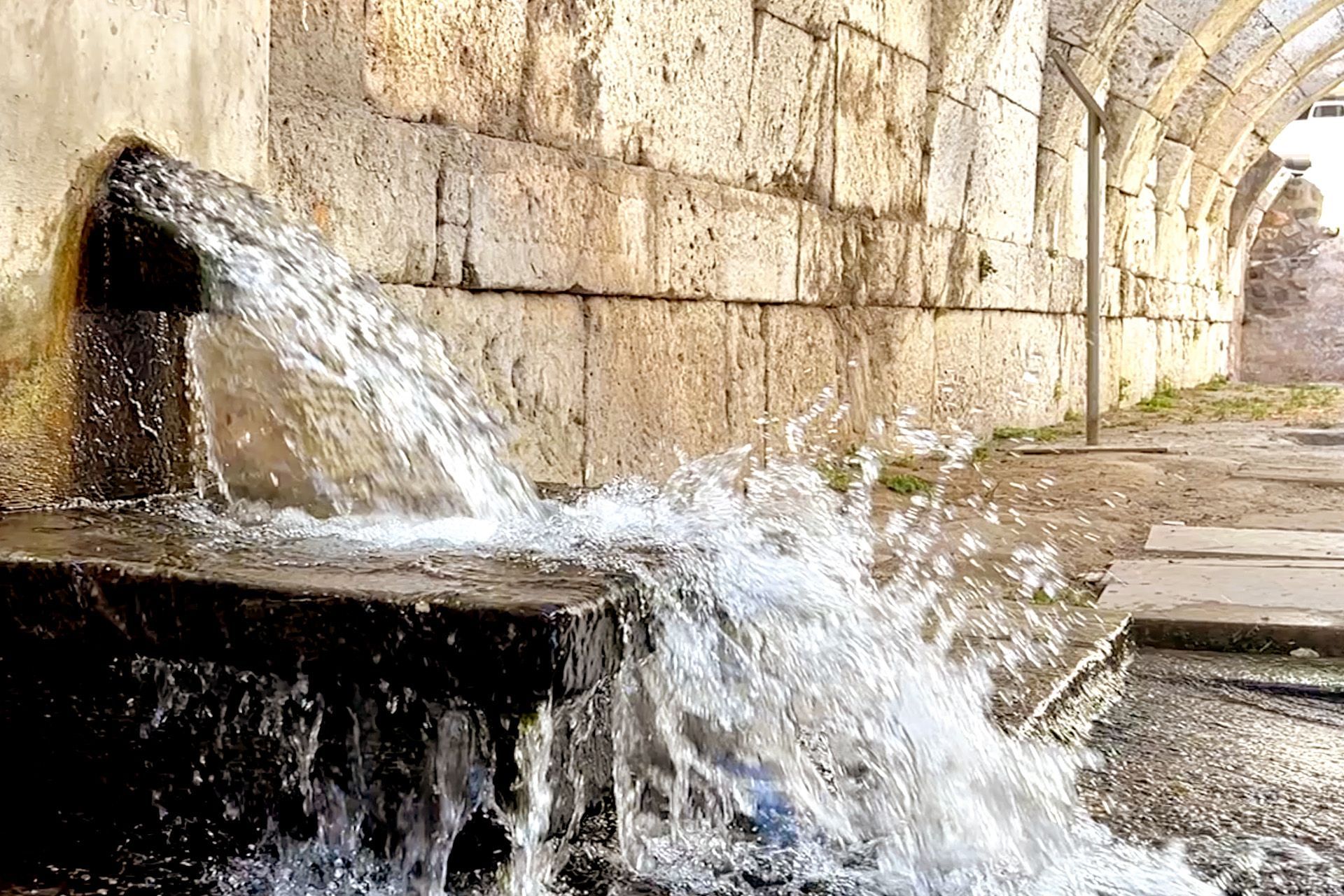
A 2,000 year old underground trench continues to bring fresh spring water to the modern city above
Key Verse
“Be faithful unto death, and I will give you the crown of life.”
Revelation 2:10
Spiritual Inheritance
Courage through times of tribulation and testing, yielding eternal benefits that cannot be bought
What to Expect in Smyrna Today
Why Christians Should Visit
Smyrna is a place where suffering was not an option. The question was not would they experience suffering—but how would they handle suffering when it comes? The same question can be asked of us today.
As a result of their faithfulness, Smyrna carries an incredibly rich inheritance for resilience through trials, commitment that endures, and conquering faith over paralyzing fear. Do you need a boost in these areas? Come to Smyrna and receive all that God wants to deposit in your heart. He'll fill you up to overflowing, above and beyond all you could ask or think!
About Lorraine Marie
Social Media
Find us on
The Inspiring Blog
